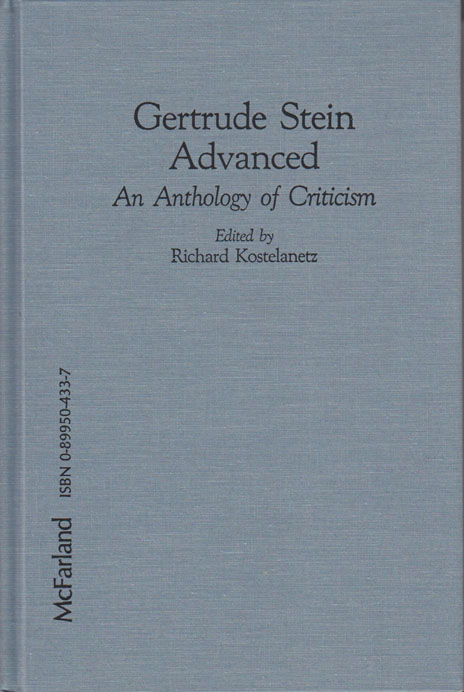Almanacco Letterario Bompiani: Elettronica e letteratura (1961) [Italian]
Filed under magazine | Tags: · automation, computing, digital humanities, humanities computing, language, linguistics, literary theory, literature, philology, robots

An early document from the field of humanities computing, today widely known as digital humanities.
Elettronica e letteratura is the title of the thematic section of an annual literary almanac published by Valentino Bompiani since 1925. The section contains the historical excursions by Rinaldo De Benedetti, Michele Pacifico and Franco Lucentini, and the reports on scientific research sponsored by Olivetti and IBM Italy and conducted by Roberto Busa, Stanislao Valsesia, Carlo Tagliavini, Silvio Ceccato, and Nanni Balestrini.
In one of the articles, the Jesuit priest Roberto Busa, often cited as the pioneer of the field, gives an account of his work on Index Thomisticus, a complete lemmatization of the works of Thomas Aquinas, started in the late 1940s (elsewhere: “During the World War II, between 1941 and 1946, I began to look for machines for the automation of the linguistic analysis of written texts. I found them, in 1949, at IBM in New York City.”).
Included is also a survey about the potential use of computers in literary scholarship (including a response from Pier Paolo Pasolini), entitled “Le due culture” [Two Cultures], and an essay by Umberto Eco.
in Almanacco Letterario Bompiani 1962: Le applicazioni dei calcolatori elettronici alle scienze morali e alla letteratura
Edited by Sergio Morando
Publisher Bompiani, Milan, December 1961
pages 87-188 (of 324)
via P–DPA log
Commentary (Adriano Comai, 1985, in Italian)
PDF (62 MB; large portion of the survey missing, 313ff)
See also an online emulator of Tape Mark 1 and Monoskop page on digital humanities.
Comments (2)Richard Kostelanetz (ed.): Gertrude Stein Advanced: An Anthology of Criticism (1990)
Filed under book | Tags: · language, literary criticism, literary theory, literature, poetry

An anthology of critical essays focusing on the more experimental Stein texts, with Allen Ginsberg, Leonard Bernstein, Donald Sutherland, Dick Higgins, Jackson Mac Low, John Ashbery, Robert Marx, David Antin and others.
Publisher McFarland & Co., Jefferson/NC and London, 1990
ISBN 0899504337
224 pages
via waskleist
Sigmund Freud: Writings on Art and Literature (1997)
Filed under book | Tags: · aesthetics, art, art criticism, literary criticism, literature, psychology

For Freud, interpreting a work of art was less the task of assigning meanings to it than accounting for why the reader or reviewer is so powerfully affected by it.
These fourteen essays cover the entire range of his work on these subjects, in chronological order beginning with his first published analysis of a work of literature, the 1907 “Delusion and Dreams in Jensen’s Gradiva” and concluding with the 1940 posthumous publication of “Medusa’s Head.” Many of the essays included in this collection have been crucial in contemporary literary and art criticism and theory.
Among the subjects Freud engages are Shakespeare’s Hamlet, The Merchant of Venice, King Lear, and Macbeth, Goethe’s Dichtung und Wahrheit, Michelangelo’s Moses, E. T. A. Hoffman’s “The Sand Man,” Dostoevsky’s The Brothers Karamazov, fairy tales, the effect of and the meaning of beauty, mythology, and the games of aestheticization. All texts are drawn from The Standard Edition of the Complete Psychological Works of Sigmund Freud, edited by James Strachey. The volume includes the notes prepared for that edition by the editor.
With a Foreword by Neil Hertz
Publisher Stanford University Press, 1997
Meridian: Crossing Aesthetics series
ISBN 0804729735, 9780804729734
290 pages
via tenderage
Review (Richard D. Chessick, The American Journal of Psychiatry, 1998)
PDF (updated on 2014-6-15 to an OCR’d version via Marcell Mars, 8 MB)
Comment (0)
